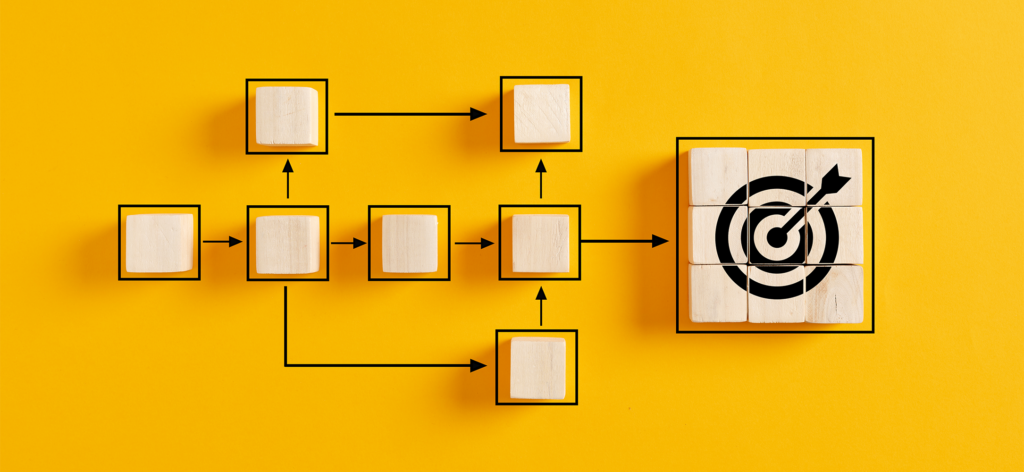Marketing automation is the use of software to automate tasks that would otherwise require a person to handle manually. With automation, marketing operations can be accomplished more efficiently, allowing brands to deliver personalized and valuable messages at scale. Marketing automation can also deliver cost reductions as well a more relevant customer experience.
For the modern marketer, marketing automation is more than just streamlining processes, automating social media postings, or scheduling email campaigns. Marketers use automation to free up their time so they can focus more on strategy and delivering more engaging customer experiences. With a CDP, quality data can be used to inform those experiences.
Today, up to 68 percent of marketing leaders use marketing automation platforms (MAPs). While many businesses have embraced marketing automation to eliminate repetitive and time-consuming tasks, forward-looking businesses are also deploying customer data platforms (CDPs) equipped with automation to make customer journey orchestration more efficient.
How to Enable Marketing Automation with a CDP
Programming content to trigger different marketing outreach is key to automating the buying journey effectively. Marketing automation platforms can’t accomplish this at scale, which is where the CDP comes in.
CDPs are designed to consolidate customer data across channels, sources, and systems to create unified customer profiles that are shared across the organization. CDPs equipped with customer journey orchestration capabilities use this data to give marketers full visibility across the entire customer journey at scale. This allows marketers to develop highly targeted customer journeys for specific audience segments.
Audience segmentation using a CDP is much more advanced. With a CDP, you can develop micro-segments, and segment your audience by specific customer attributes – making your personalization strategy targeted, relevant, and contextualized.
Marketers can also use a CDP to set up automated next-best action triggers using artificial intelligence. AI can find behavioral patterns using millions of data points, and can act in a predictive capacity to determine what a customer will do next. This gives marketers the real-time insights they need to improve campaign performance.
One of the big benefits of CDPs is they are schema-flexible, and equipped with pre-built connectors and APIs. This allows you to connect to most types of data sources and marketing technology platforms without having to re-architect your whole stack.
Improving Marketing Efficiency Through Automation
Marketing automation has moved far beyond the days of simply automating email campaigns. Brands are using marketing automation to reduce costs, optimize operations, eliminate mundane tasks, and free up marketers to be more strategic and customer-centric.
By deploying a CDP alongside your marketing automation platform, marketers can understand the customer journey on a deeper level. With unified customer profiles, a CDP can allow marketers to orchestrate the entire customer journey using data-driven insights, and next-best action recommendations, at scale and in real time.



